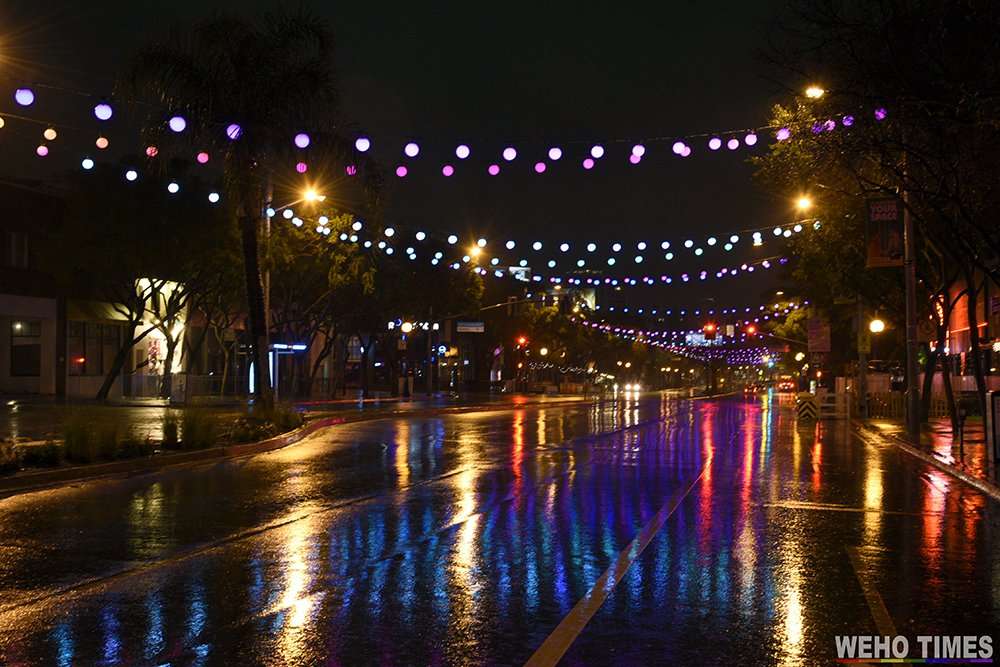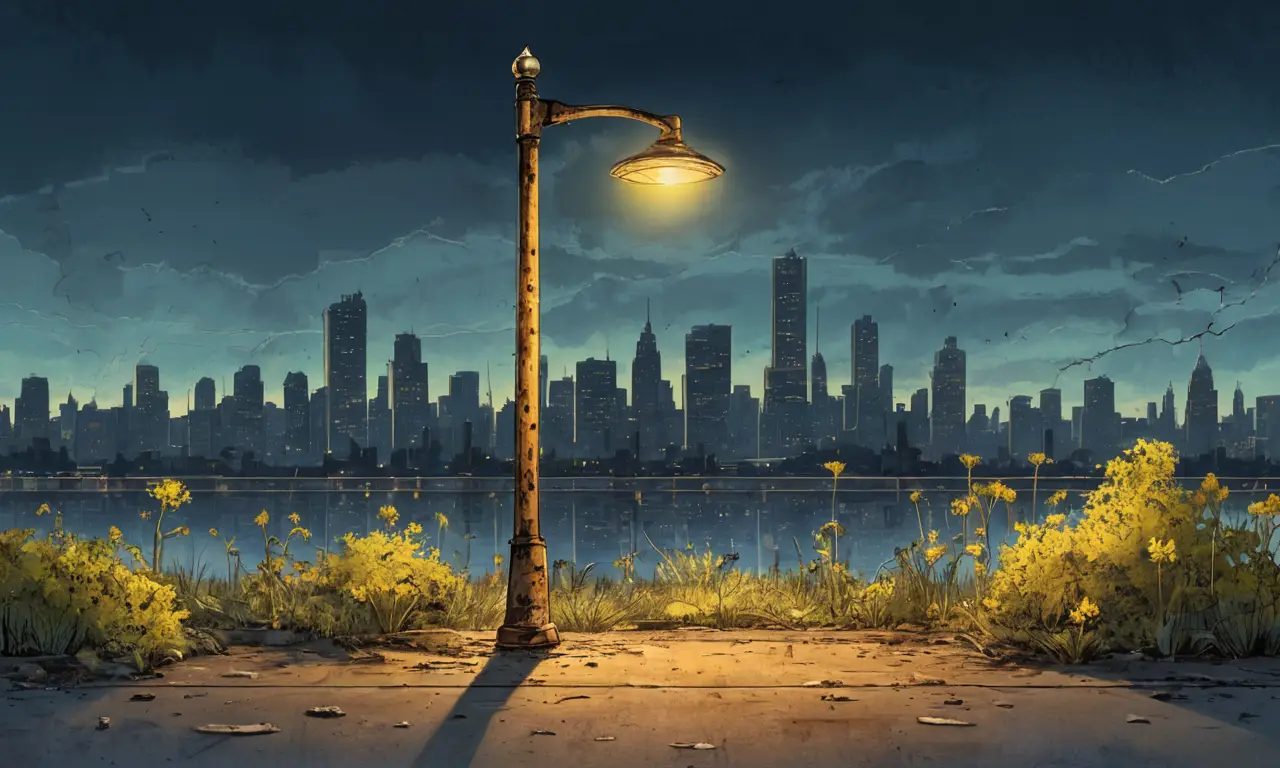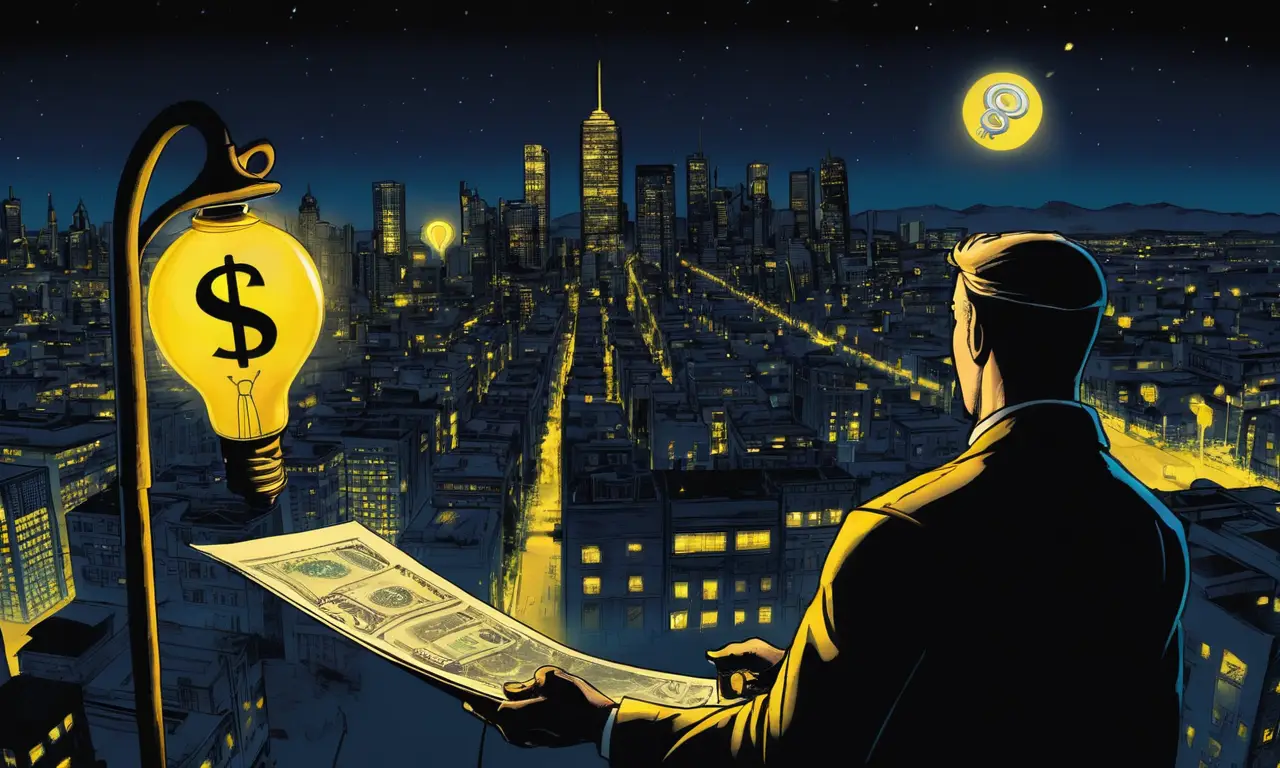
Streetlights illuminate our neighborhoods, enhancing safety and visibility after dark. But have you ever wondered who is responsible for street lights in a neighborhood? The answer isn’t always straightforward as it depends on various factors like local ordinances and infrastructure ownership. Understanding who maintains these crucial public amenities can empower residents to address concerns effectively.
This article will delve into the different entities that might be responsible for streetlights, outlining their roles and responsibilities. We’ll explore municipal responsibility, HOA involvement, and the role of private utility companies. By the end, you’ll have a clearer understanding of how to identify the party responsible for streetlights in your specific community.
Streetlight Ownership
Streetlights are typically considered public infrastructure, meaning they serve the common good and benefit all residents within a given area. This ownership structure often falls under the jurisdiction of local governments or municipalities. However, there can be exceptions depending on the specific community’s setup and historical development.
In some cases, homeowner associations (HOAs) might assume responsibility for streetlights within their designated communities. This is particularly common in planned developments where HOAs have a broader scope of managing shared amenities. Similarly, private utility companies may own and maintain streetlights in certain areas, especially if they are integrated with the company’s electrical grid infrastructure.
Municipal Responsibility

Municipalities often bear the primary responsibility for maintaining public streetlights within their jurisdictions. This includes tasks like:
- Installation: Municipal governments typically oversee the initial installation of new streetlights as part of urban development or road construction projects.
Repair and Maintenance: Regular inspections, repairs, and replacements are crucial to ensure streetlights function properly. Municipalities often have dedicated crews or contract with specialized companies to handle these tasks.
Energy Management: Municipalities may implement energy-efficient lighting solutions and monitor energy consumption to optimize costs and reduce environmental impact.
HOA Involvement
Homeowner associations (HOAs) play a significant role in managing shared amenities within their communities, and streetlights often fall under this purview. HOAs typically:
- Establish Guidelines: HOAs set rules and regulations regarding the appearance, placement, and maintenance of streetlights within their communities. This ensures consistency and aesthetic harmony.
Collect Funds: HOA members contribute to a common fund that covers expenses related to streetlight maintenance, repairs, and replacements.
Coordinate with Contractors: HOAs often contract with specialized companies to handle the technical aspects of streetlight installation, repair, and maintenance.
Private Utility Companies

In some instances, private utility companies may own and maintain streetlights within their service areas. This is particularly common when streetlights are integrated with the company’s electrical grid infrastructure.
- Ownership and Maintenance: The utility company assumes responsibility for the ownership, operation, and maintenance of the streetlights. They typically handle repairs, replacements, and energy management.
- Billing and Contracts: Residents may see charges related to streetlight maintenance on their utility bills. The utility company often has contracts with municipalities or HOAs to provide these services.
Identifying the Responsible Party
Determining who is responsible for street lights in a neighborhood can be achieved through several avenues:
- Contact Your Local Government: Reach out to your city hall, county office, or public works department. They can provide information about streetlight ownership and maintenance responsibilities within your area.
Check with Your HOA: If you live in a community governed by an HOA, consult their bylaws, website, or contact the HOA board directly. They should have clear guidelines regarding streetlight responsibility.
Look for Signage: Sometimes, streetlights themselves may have signage indicating ownership or maintenance responsibilities.
Conclusion
Understanding who is responsible for street lights in a neighborhood is essential for effective communication and addressing any concerns related to these vital public amenities. While municipalities typically hold primary responsibility, HOAs and private utility companies can also play significant roles depending on local arrangements. By contacting your local government, HOA, or consulting relevant signage, you can quickly identify the responsible party and ensure that streetlights continue to illuminate our communities safely and efficiently.
